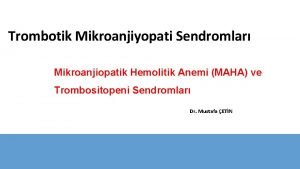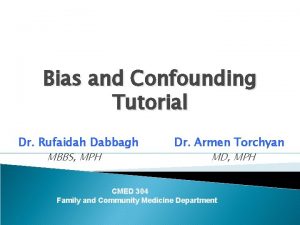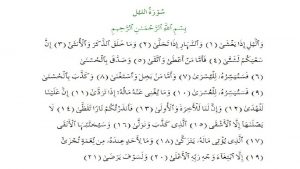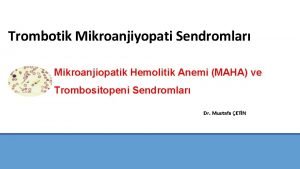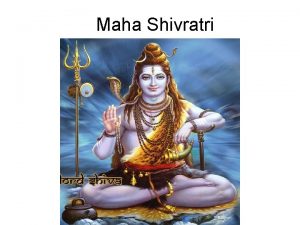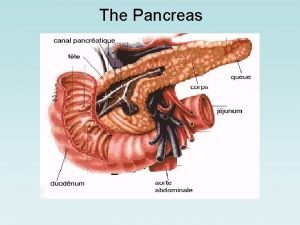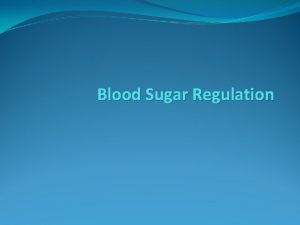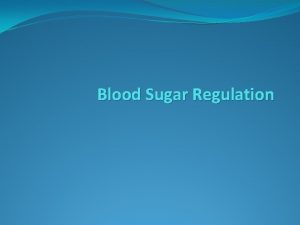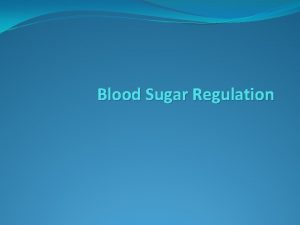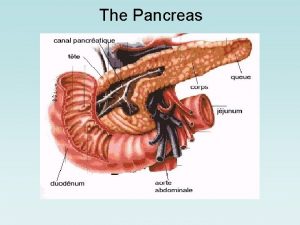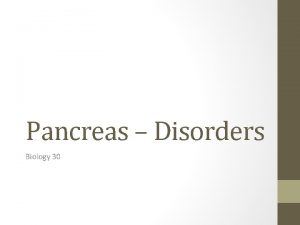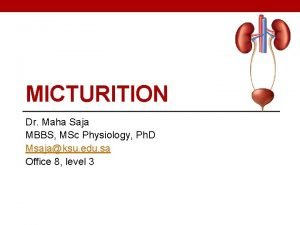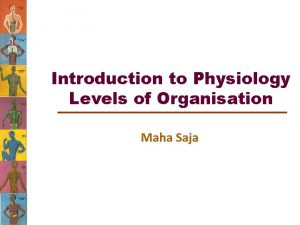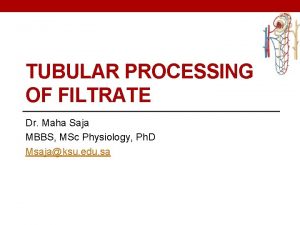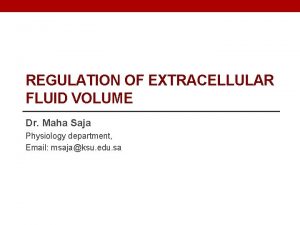Physiology of the Pancreas Maha Saja Msajaksu edu



























- Slides: 27

Physiology of the Pancreas Maha Saja Msaja@ksu. edu. sa

Functional Anatomy of the Pancreas

Functional Anatomy of the Pancreas (https: //www. pancreapedia. org/reviews/anatomy-and-histology-of-pancreas)


Histology of the Pancreas The pancreas Exocrine Endocrine 95% of pancreas 1 -2% of pancreas Secretes digestive enzymes, HCO 3 and water. Secretes hormones. Into duodenum Made of Islets of Langerhan’s. Made of acinar & ductal cells. Into blood

Histology of the Pancreas (http: //2010. igem. org/wiki/index. php? title=Team: ESBS-Strasbourg/proteolux/application/cancer&oldid=209211 of-pancreas)


Histology of the Pancreas

Pancreatic Secretion

Function of Pancreatic Secretion • Digest dietary nutrients. • Neutralize duodenal acidity arriving from stomach. • Why is it important to neutralize acid arriving at the duodenum from the stomach?

Pancreatic Secretion Acini provide the primary secretion → organic constituents (digestive juices) in a solution with similar composition to plasma. Ducts dilute & alkalinize the pancreatic juice.

Pancreatic Secretion

Acinar Cell Secretion • Secrete a protein-rich (digestive enzymes) secretion in an isotonic plasma-like fluid. • Constitute 25% of total pancreatic secretion. • Stimulated by CCK & Ach.

Cholecystokinin (CCK ) • A 33 -amino acid polypeptide. • Secreted by enteroendocrine cells “I cells” in duodenum & upper jujenum. • Stimulated by the presence of Fat and protein degradation products (proteoses & peptides). • CCK → ↑ pancreatic digestive enzyme secretion.

Ductal Cell Secretion • Secretes a HCO 3 - -rich fluid that alkalinizes & hydrates the protein-rich secretion of acinar cells. • Constitute 75% of pancreatic secretion. • Stimulated by Secretin. • Effects of Secretin are potentiated by CCK & Ach.

Secretin • 27 amino acid polypeptide. • Secreted by S cells in the duodenum & upper jujenum. • When luminal p. H˂4. 5 • HCO 3 concentration in pancreatic secretion = 145 mmol/L Joseph Feher. Pancreatic and Biliary Secretion. Editor(s): Joseph Feher. Quantitative Human Physiology, Academic Press, 2012, Pages 721 -730.

Mechanism of HCO 3 secretion Luminal side Blood

Mechanism of HCO 3 secretion Apical membrane of ductal cells contains a Cl--HCO 3 - exchanger. • Basolateral membrane contains Na+-K+ ATPase and a Na+-H+ exchanger. 1. CO 2 and H 2 O combine in cells to form H+ and HCO 32. HCO 3 - is secreted into pancreatic juice by Cl--HCO 3 - exchanger. 3. H+ is transported into blood by Na+-H+ exchanger •

Regulation of Pancreatic secretion


Pancreatic Juice • Refers to the final combined product secreted by the exocrine pancreas. • It contains; 1. An electrolyte solution rich in HCO 32. Digestive enzymes Pancreatic digestive enzymes For proteins Trypsin Chymotrypsin Carboxypeptidase For lipids P. Lipase Esterase Phospholipase For carbohydrates For DNA & RNA P. Amylase Nucleases

Pancreatic Secretion • Amount ≈ 1. 5/day in an adult human. • p. H from 7. 6 to 9. 0. • Digestive enzymes are secreted in an inactive form… why? • How do these enzymes get activated?

Enterokinase is an enzyme that is secreted by brush border of small intestine and activate trypsinogen.

Phases of Pancreatic Secretion • Cephalic phase – Through Vagus nerve. – 20% of pancreatic enzymes • Gastric phase – Through Vagus nerve. – 5 -10 % of pancreatic enzymes • Intestinal phase – Through hormonal stimulation (secretin & CCK). – 70 -75 %

Phases of Pancreatic Secretion


 Pancreas anatomy and physiology
Pancreas anatomy and physiology Pancreas anatomy and physiology
Pancreas anatomy and physiology Edu.sharif.edu
Edu.sharif.edu Shelterdness
Shelterdness Thirukkudanthai andavan
Thirukkudanthai andavan Maha khachab
Maha khachab Maha el keshawi
Maha el keshawi Allah maha teliti asmaul husna
Allah maha teliti asmaul husna Maha teguh dan tegar asmaul husna
Maha teguh dan tegar asmaul husna Allah tritunggal maha kudus
Allah tritunggal maha kudus Allah maha esa
Allah maha esa Maha suci allah
Maha suci allah Shivani mantra
Shivani mantra Maha ka matlab
Maha ka matlab Dengan nama allah yang maha pemurah
Dengan nama allah yang maha pemurah Maha district 6
Maha district 6 Allah maha tau
Allah maha tau Mikroanjiopatik hemolitik anemi
Mikroanjiopatik hemolitik anemi Kailā maha
Kailā maha Katakanlah dialah allah yang
Katakanlah dialah allah yang Maha ravana
Maha ravana Iman dalam bahasa arab
Iman dalam bahasa arab Dr maha dabbagh
Dr maha dabbagh Kisah 3 santri memotong ayam
Kisah 3 santri memotong ayam Surah allail
Surah allail Mikroanjiopatik hemolitik anemiler
Mikroanjiopatik hemolitik anemiler Dr kathryn boyd
Dr kathryn boyd Pengertian beriman dan bertakwa
Pengertian beriman dan bertakwa

















